
Body Schema in early childhood education is part of one of the child's processes, it is when he begins to discover the parts of his body as a whole.
Develop activities for children in development is always important, and should be put into practice so that they start to develop ideas about what the human body is like. Measuring your child's size can be a good start;
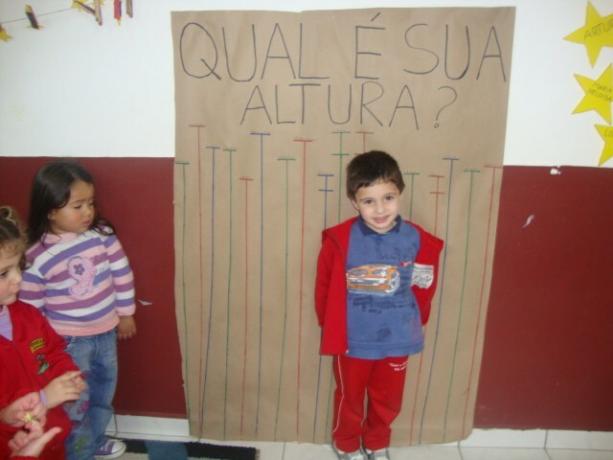
This type of activity is used more by 1st and 2nd year pre-school pedagogues, as it is during this period that children begin to understand better the human body and what makes it up, helping the child to recognize the senses, where we hear, where we speak, in short, the function of the members of the body.
A very simple model that can generate relaxation and fun with children is to cut out various parts of people's bodies in magazines spread over cardboard or on the floor, distributing glue and sheet of bond paper and asking them to glue people's body parts is an interesting way to find out how the child is performing in the body scheme.
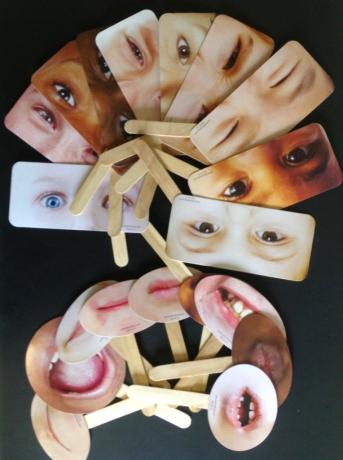
Another model that can relax the room is telling the child to say a part of the body of someone little friend in the classroom, for example: "What's under Maria/João's neck?" or "what is above the belly button?"
Provide the incomplete human body and ask the children to paint the part they will complete.
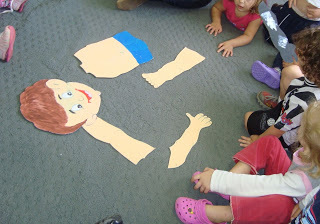
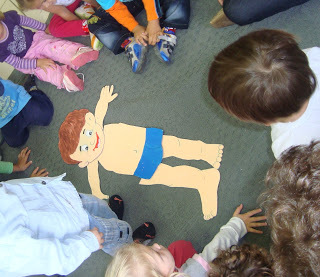
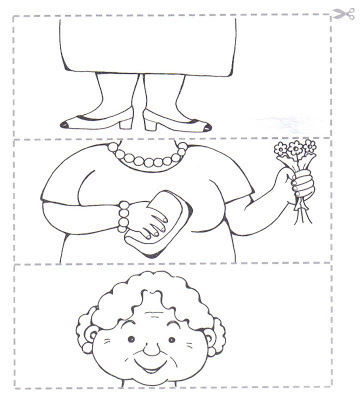
The ditty also helps children a lot to memorize the components of the human body, one of the most well-known ditties is:
Head, shoulder, knee and foot.
Head, shoulder, knee and foot.
Eyes ears mouth and nose.
Head, shoulder, knee and foot.
Through the song, children will have fun and at the same time learn about the body.
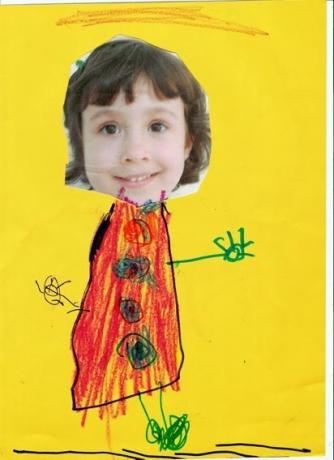
Did you like it? Share this post on your social network
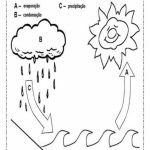 ACTIVITIES ABOUT THE WATER CYCLE FOR THE 3rd 4th YEAR
ACTIVITIES ABOUT THE WATER CYCLE FOR THE 3rd 4th YEAR
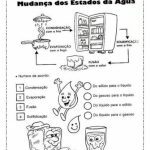 Science Activities: Physical States of Water
Science Activities: Physical States of Water
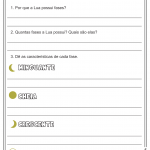 ACTIVITIES ON THE PHASES OF THE MOON
ACTIVITIES ON THE PHASES OF THE MOON
 Food Chain Assessment Activities 4th 5th 6th Year
Food Chain Assessment Activities 4th 5th 6th Year
 HUMAN SKELETON TO RIDE
HUMAN SKELETON TO RIDE
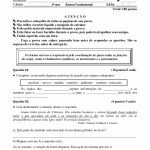 SCIENCE EVALUATIONS FOR THE 5TH YEAR
SCIENCE EVALUATIONS FOR THE 5TH YEAR
This site uses Akismet to reduce spam. Learn how your comment data is processed.
